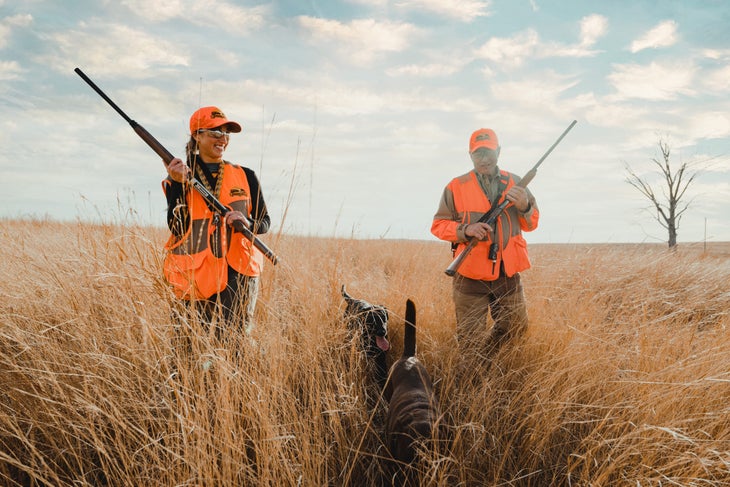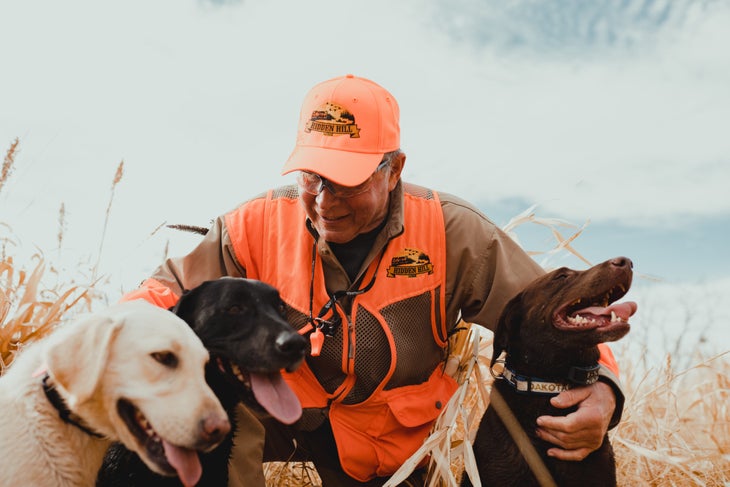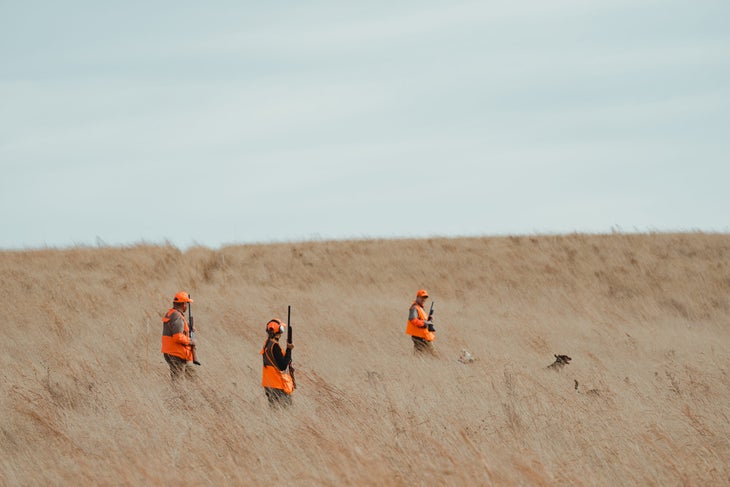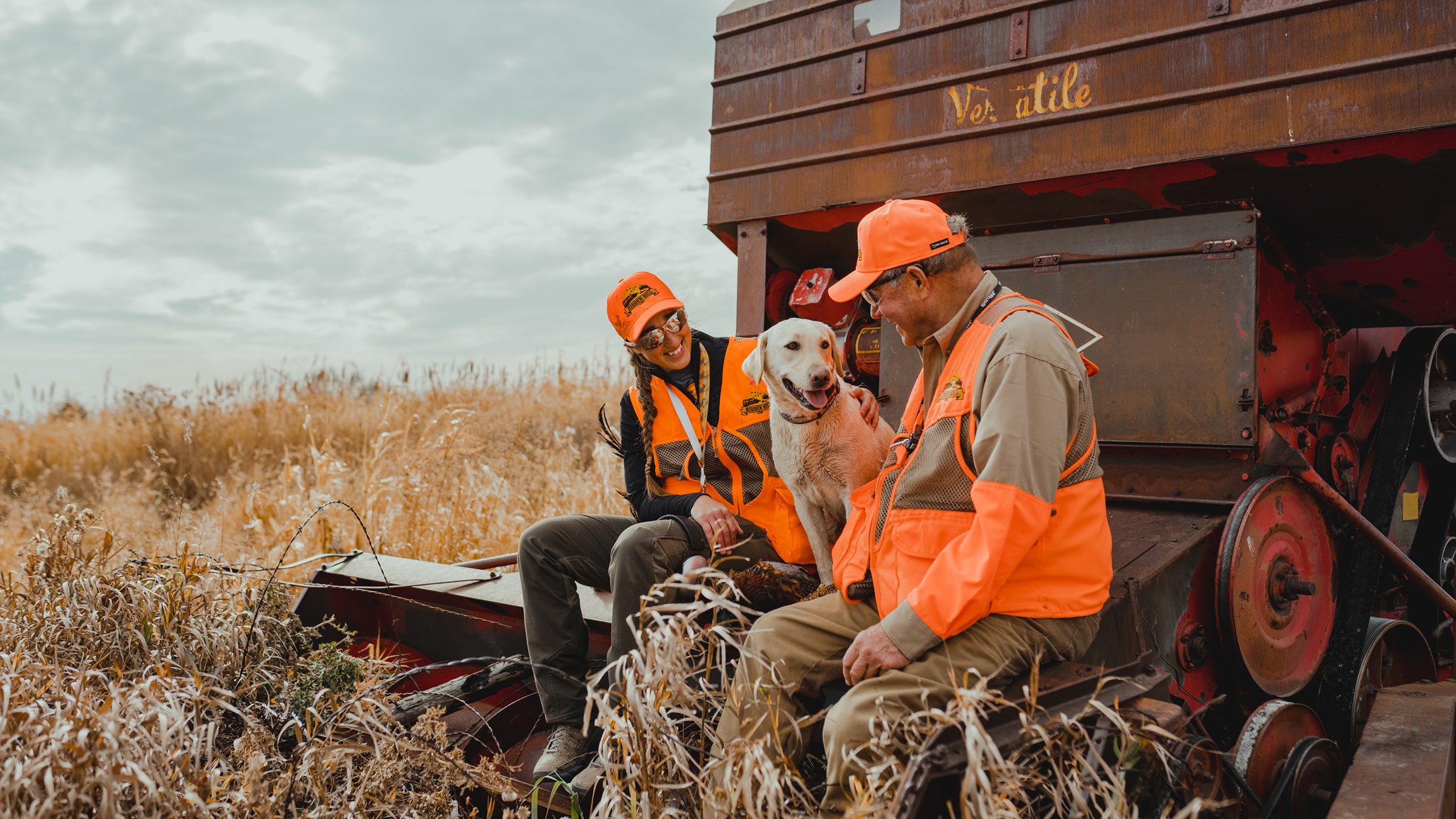Thriving pheasant populations and excellent hunting conditions are primarily the result of two things: high-quality habitat and access to that habitat. South Dakota works hard to protect and add to pheasant habitat while improving public walk-in access to these bountiful areas. But keeping these enhancements in motion is a team effort. , with support from has introduced a new program that incentivizes private landowners to join in conservation efforts. To learn more about this program and other improvements to public access in South Dakota, we talked to Jared Wiklund, director of communications at Pheasants Forever.
���ϳԹ���: What is the mission of Pheasants Forever?
Jared Wiklund: In 1982, a group of pheasant hunters noticed a correlation between upland habitat loss and declining pheasant populations. The missing piece: an organization dedicated to wildlife habitat conservation. Pheasants Forever filled the void. Pheasants Forever’s mission work quickly garnered the group a reputation as “the habitat organization,” a tagline the nonprofit conservation group still uses proudly today.
How does onX serve bird hunters in South Dakota?
From upland e-scouting to exploring lesser-known public land, onX has changed the concept of access. This mapping technology contributes to hunting and across the country. Now, all bird hunters—beginners to veterans— have the best available technology to find places to recreate outdoors.

South Dakota has many designated land-use areas and access programs, including game production areas, waterfowl production areas, walk-in access, and more. All of these areas are locatable using the . The onX app is one of the most important tools a bird hunter can use to identify quality habitat and access points. Plus, the brand is committed to conservation through its land access initiatives, including the newly established Public Access to Habitat (PATH) program in South Dakota.
Can you tell us more about the PATH program in South Dakota?
The program will accelerate the statewide enrollment of lands in long-term conservation programs, while bolstering participation in South Dakota Game, Fish, and Park’s Walk-in Area program. On August 23, 2023, Pheasants Forever launched this new outdoor access initiative with an ongoing goal to enroll 10,000 acres per year in South Dakota. The program was fully funded through a collaboration between onX Hunt and Pheasants Forever, which led to opening on September 1, 2023.
In return for ten years of undisturbed habitat and access on private lands, PATH incentivizes private landowners with up to $25 per acre, paid in advance. Landowners work directly with biologists from Pheasants Forever or South Dakota Game, Fish, and Parks for a site evaluation and program implementation. This per-acre payout is also met with other financial incentives, like a signing bonus and payment for Walk-in Area program participation. In addition, PATH enrollments pay landowners a competitive rate for a decade of habitat and access stewardship.

“Voluntary public access programs like PATH are what help make South Dakota a premier upland hunting destination,” says Ben Brettingen, wingshooting manager at onX. “An impressive of the state’s huntable grounds—are accessible thanks to these unique agreements between private landowners and outdoorsmen facilitated by organizations like Pheasants Forever and South Dakota Game, Fish, and Parks. We’re proud to support Pheasants Forever and its mission of habitat conservation and access—helping expand hunting opportunities for the future and preserving sporting traditions for years to come.”
Find more information about the , with examples of funding for landowners and guidelines. And for landowners interested in enrollment opportunities, learn how to .
How are onX and Pheasants Forever working together to expand access for hunters?
Pheasants Forever, Quail Forever, and onX have a strong history of supporting public access projects for upland hunters and their bird dogs to roam. After onX was announced as a national sponsor in 2018, the organizations joined forces around the project, which asks hunters to share access barriers they’ve experienced on public lands and waters, along with any ideas for improvement.

In another effort to protect access, onX committed $15,000 to Pheasants Forever’s , which acquires and restores critical wildlife habitat for public use. In a flagship project, partners matched the onX contribution three to one to acquire a brand-new 269-acre public area in Iowa.
Since that time, their partnership has expanded to include individual access programs, such as PATH in South Dakota.
How can bird hunters best prepare for a hunting trip on public lands in South Dakota?
Scout. Use an application like onX Hunt to identify birdy properties before starting your adventure. Look for large tracts of pheasant-producing grassland and wetland complexes. Many hunters aren’t willing to go the distance; identifying hard-to-reach places may give you the advantage of solitude. Get out before hunting commences for the day, and travel back roads searching for bird numbers. Once you find food and cover, the birds will reveal themselves on roadsides and at the edges of fields.
Make a phone call. Reach out to state agencies, such as South Dakota Game, Fish, and Parks, to speak with conservation officers and biologists about the bird populations in your target area. Pheasants Forever is also a great resource. Use the to narrow your search.
Visit landowners. South Dakota has more than 1.4 million acres of walk-in-access lands, but don’t underestimate the “power of the ask.” Major public-land complexes border private land. If a large number of pheasants are identified on adjacent properties, use an app like onX to find the owner and to inquire about access permission prior to hunting season.
and make up the nation’s largest nonprofit organization dedicated to upland habitat conservation. A network of 754 local chapters spread across North America determine how 100 percent of their locally raised funds are spent—the only national conservation organization that operates through this grassroots structure. Since its creation in 1982, the organization has dedicated more than $1 billion to 575,000 habitat projects benefiting 24 million acres.

